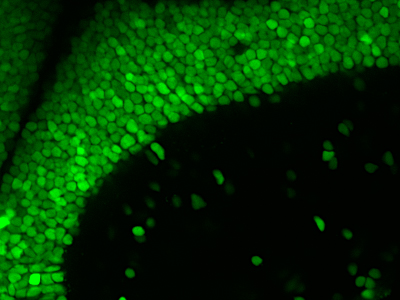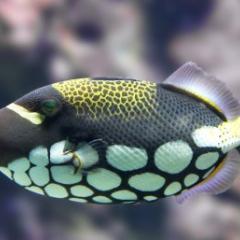
Scientists at The University of Queensland say their research into fish vision could ultimately improve the design of brain-computer interfaces.
Professor Geoff Goodhill’s team, from the Queensland Brain Institute and School of Mathematics and Physics, ran a series of experiments which found that fish may use advanced statistics to help them see the world.
“These kind of experiments can help unlock the secrets of how patterns of activity in the brain represent information about the world,” Professor Goodhill said.
“Understanding these secrets is necessary for building brain-computer interfaces that can, for instance, turn the thoughts of people who are paralysed into signals to drive prosthetic limbs.”
Vital clues about the brain's visual systems
Professor Goodhill said scientists still don’t truly understand how our brains interpret visual images, but studying fish visual systems provided vital clues.
“Young zebrafish are good at hunting small spots of food, and we wanted to investigate how their brains know where each spot is,” Professor Goodhill said.
“By simultaneously recording the activity of many neurons in the zebrafish brain, we identified that fish may be using advanced statistical techniques which don’t rely just on the positions of neurons in the brain.”
Patterns of brain activity
Next, Professor Goodhill and his team plan to investigate how fish vision is affected by the ongoing patterns of spontaneous activity in the brain.
“The brain is never idle, but is lighting up all the time, even when there’s no sensory input. How and why it does this, and how this affects sensory processing, it still deeply mysterious, and we are keen to learn more.”
This research is published in the Journal of Neuroscience and funded by the ARC.
Media: QBI Communications, communications@qbi.uq.edu.au.




